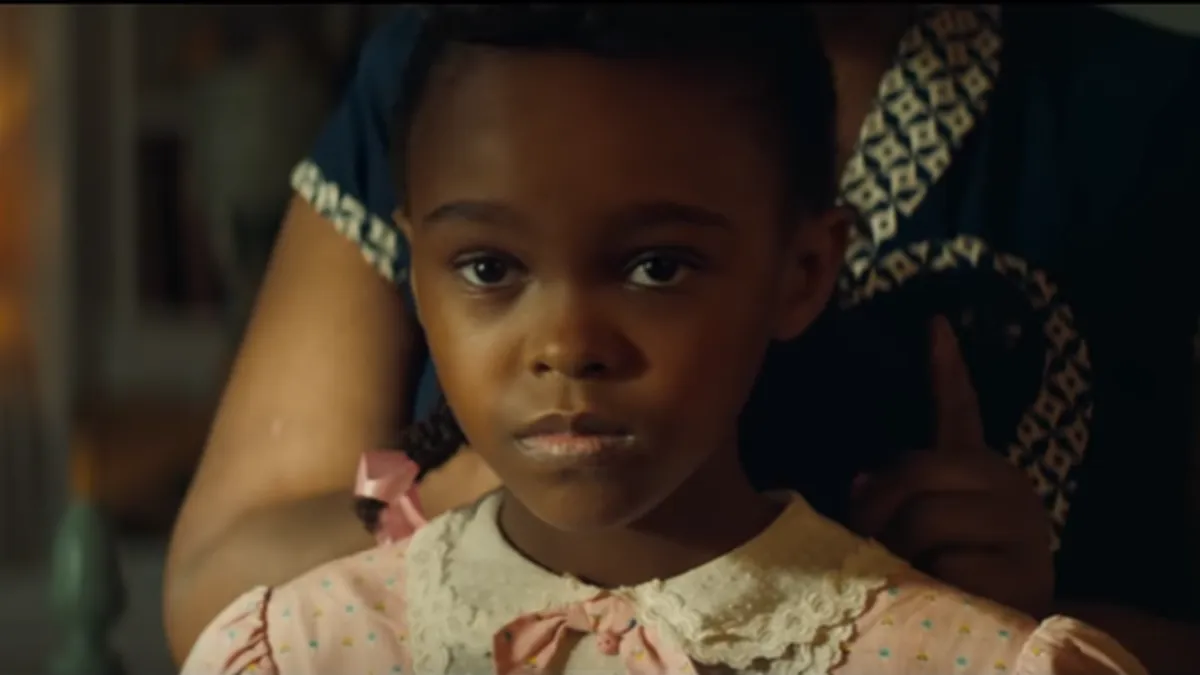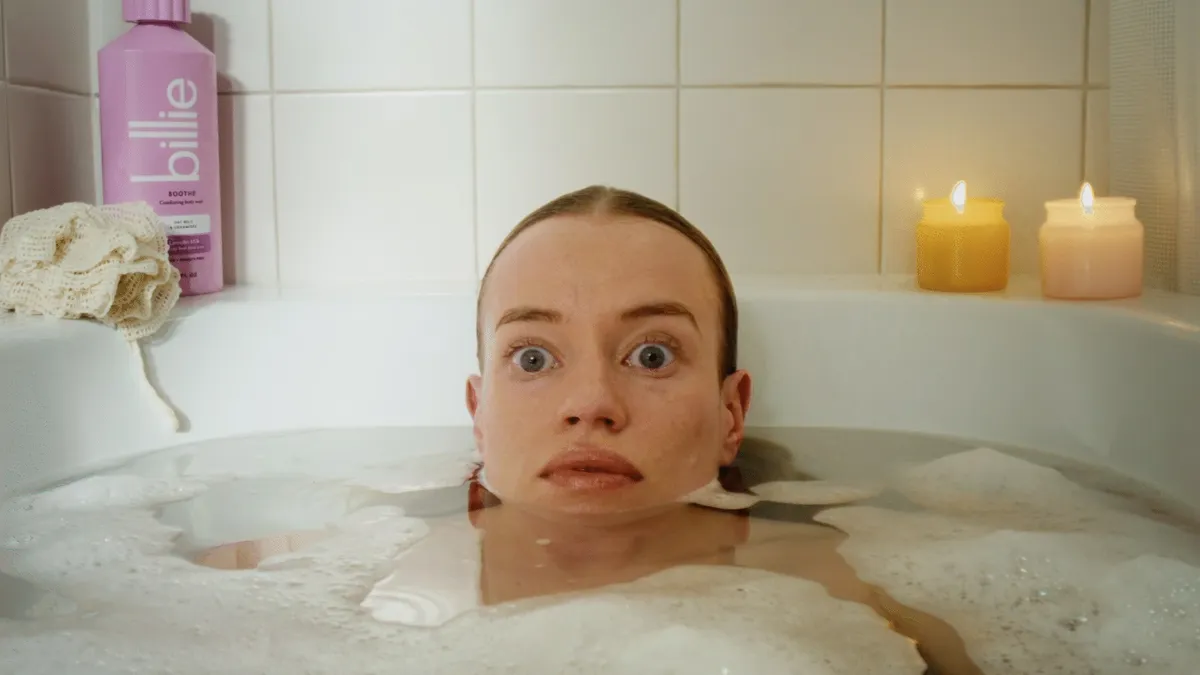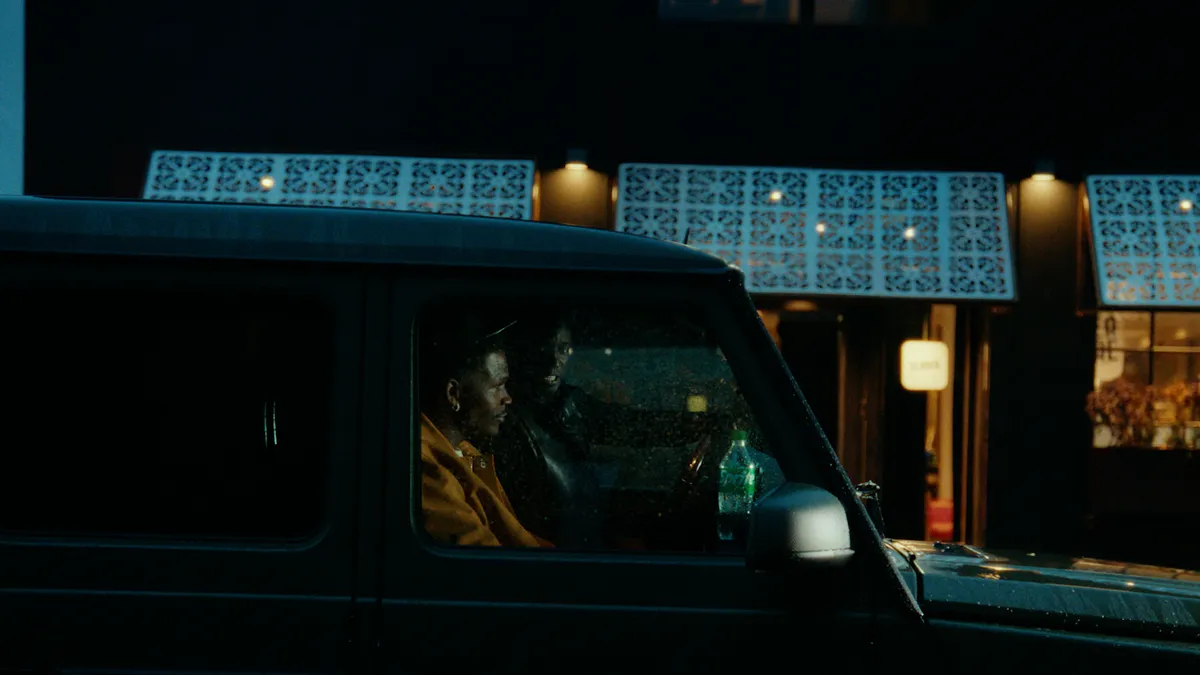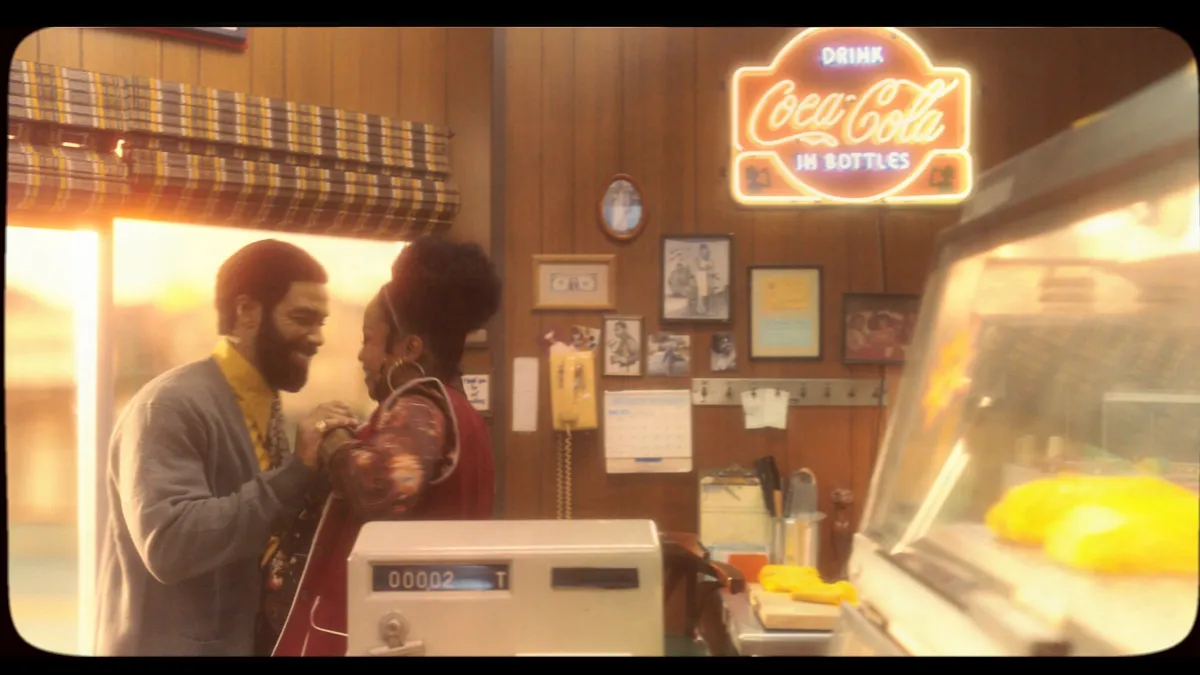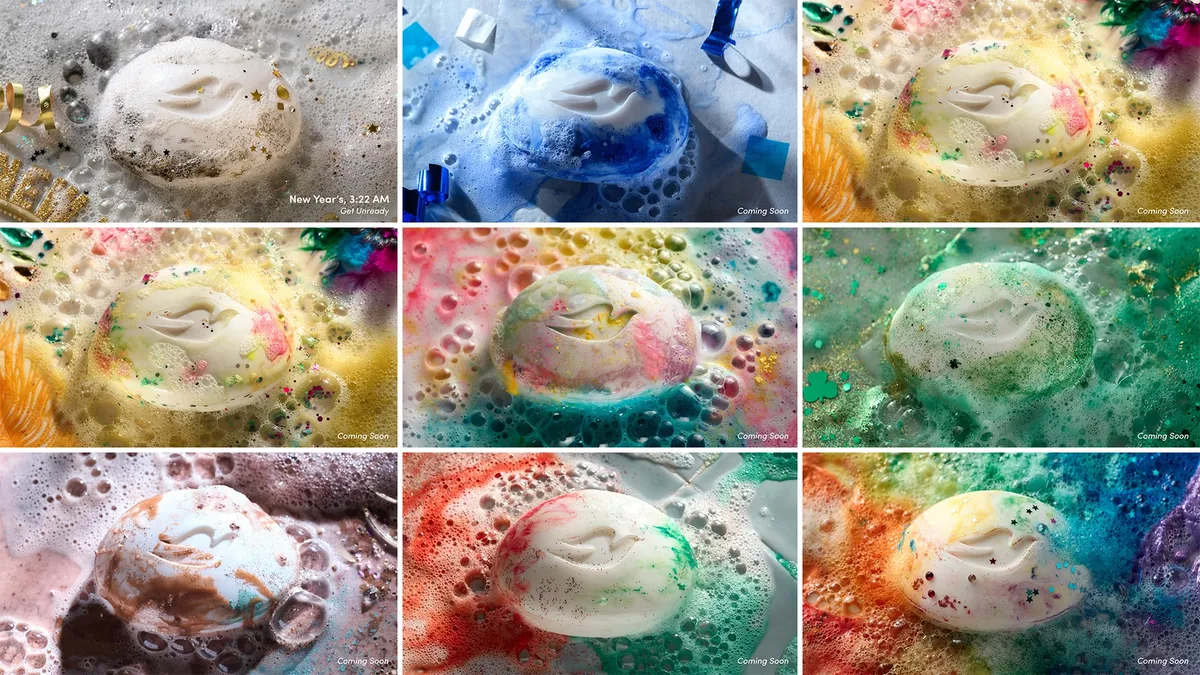Campaign Trail is our look at some of the best and worst new creative efforts from the marketing world.
This week, Marketing Dive's editors examine P&G's resonant and raw "The Talk," Sony Picture's 'meh' effort for "The Emoji Movie" and a whirlwind tie-up of Apple's Siri and The Rock.
P&G's generation-spanning campaign for My Black is Beautiful strikes a stirring chord
Tackling social issues is never easy for brands, and why should it be? Discussions about topics like race are neither easy nor comfortable in most contexts, and there’s a lot of cynicism built-in toward brand advertising that makes navigating those waters even more tricky. Which is why it’s all the more impressive that P&G's "The Talk" campaign, launched earlier this week for the CPG giant's My Black is Beautiful group, strikes a resonant and raw tone. Those qualities have earned it high praise from the industry trades.
The centerpiece two-minute short depicts several generations of black mothers preparing their children for a world that won't always be fair or accepting of their accomplishments and will, in fact, often be dangerously prejudiced against them. A series of audio interviews, along with a web landing page, are also part of the effort. You can view the full video below:
One of the reasons "The Talk" works is that it doesn't begin and end with the ads, as powerful as they are, but instead pointedly encourages discourse outside the creative through the hashtag #TalkAboutBias. Not only is this a way for P&G to extend its reach with followers on social media, but it also shows the brand attempting to spur discussion around a topic most in the industry would steer clear of.
"The Talk" was made with the help of agency BBDO and Egami Consulting Group, which Adweek noted is "minority-certified." All major contributors to the campaign including the creatives, producers and filmmakers, were guided by people of color, P&G said in a press release cited by Adweek.
— Peter Adams
The Emoji Movie’s marketing campaign gets a 'meh'
Sony Pictures marketing campaign for "The Emoji Movie," which opens today to overwhelmingly negative reviews, is marred by pop culture tone deafness and a lack of innovation. As a result, tickets sales could be meh (this is the emoji symbol for something unexceptional and also the name of the film's main character, Gene).
Using Twitter to promote a film built around mobile messaging sounds like a smart idea. But Sony miscalculated with a tweet mirroring imagery for Hulu's "The Handmaid’s Tale" show with a post that swapped out actress Elisabeth Moss' nuanced expression for a smiling emoji face and copy reading: "The Emoji's Tale."
The since-deleted tweet was called out for being insensitive to a story about women forced to procreate for wealthy families. Brands need to deliver authentic and humorous digital content to connect with younger consumers, something Sony's social strategy failed to do. It is also unclear exactly which age group the movie targets. This and other attempts at humor on Twitter from Sony for the movie have an adult feel which seems incongruous for an animated film about emojis.
The studio fares slightly better with work from Lamar Advertising featuring digital billboards in several markets displaying a changing array of the film's emoji characters that depict traffic and weather developments in real time. For example, a poop emoji appears when there's a traffic jam. By quickly communicating relevant, useful information, the billboards reflect what makes emojis so popular. However, the signs also reinforce that these symbols are nothing more than digital shorthand as opposed to fully-conceived movie characters.
A more innovative mobile approach could have helped, such as how consumers can engage with characters from a few movies and TV shows via text messaging that tells a story. Integrating emoji characters into this tactic sounds like it would make a lot of sense.
On the whole, the campaign doesn't build interest in its emoji characters as more than two-dimensional icons worth spending 90 minutes or more with.
— Chantal Tode
Apple ramps up the action with co-stars Siri and "The Rock"
On July 24, Apple rolled out a video in which Siri helps gets Dwayne “The Rock” Johnson through his outrageous day. Between a stunt driving sequence and making a Facetime call in space — while slipping in a plug for his clothing line — Hollywood’s highest-paid actor taps Apple’s voice assistant at least a dozen times for help completing outlandish “life goals” in this over-the-top spot.
Apple is known for impactful TV ads, but digital video gives it a way to tell a longer story while a supporting social media effort makes the most of The Rock's wide appeal to good effect. The video by Apple and Seven Bucks Productions, a company Johnson co-founded with Dany Garcia, has been viewed over 11 million times in less than a week of airing. In June, the most-watched ad on YouTube was the International Rescue Committee’s #MoreThanARefugee with 17 million.
Johnson teased the clip with a tweet the day before its release, calling it the “biggest, coolest, sexiest, funnest movie ever” and reeling in more than 1,700 retweets and 5,000 likes. In reality, it’s a nearly four-minute clip that seems to promote Johnson’s machismo more than it does Siri’s ability to complete hands-free tasks like setting reminders, creating to-do lists, reading emails and calling a Lyft — all of which Johnson squeezes in between commandeering an Akron-bound plane to Rome and touching up a Sistine Chapel-like ceiling. It’s currently just on YouTube, but the frequent scene cuts appear to make it fairly simple to splice for TV or pre-roll spots.
Instead of promoting a new Apple device, this video shows the mobility of Siri — one thing other voice assistants lack — in a somewhat entertaining and certainly action-packed way. Right now, Apple needs people to like and use Siri. It faces an increasingly crowded market as it battles voice assistants from the likes of Google, Amazon and Samsung, and it’s counting on Siri to power its voice-enabled speaker HomePod, which is due in December.
— Natalie Koltun


